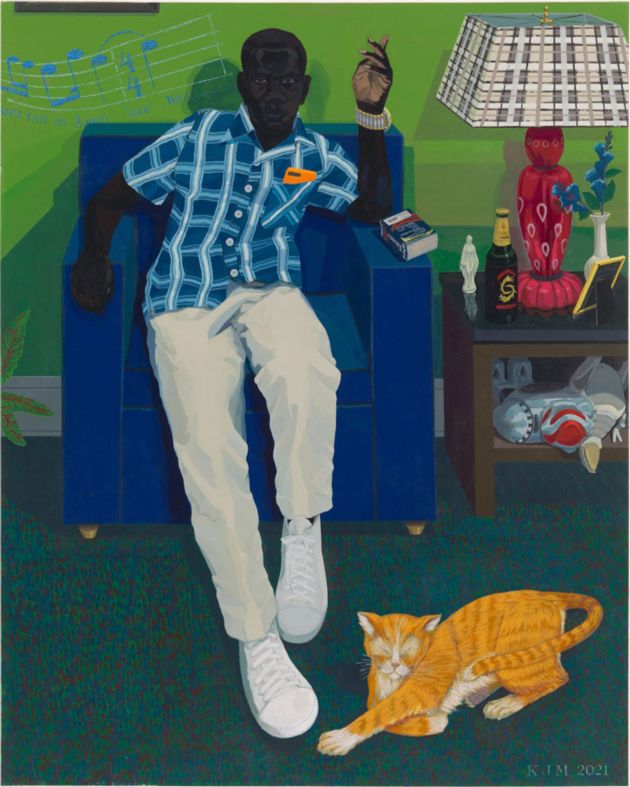“I am The Black Book. Between my top and my bottom, my right and my left, I hold what I have seen, what I have done, and what I have thought.… I am the wars I fought, the gold I mined, the horses I broke, the trails I blazed.”
—Toni Morrison, preface to The Black Book, 1973
Hilton Als is the curator of “Toni Morrison’s Black Book” exhibition, a celebration of Black life, history and culture as written and visually explored in the late Toni Morrison’s book of the same name. The art show, which opened on January 20th at the David Zwirner Gallery, is aimed at celebrating the profound impact of Morrison as a publisher-activist, editor and writer who was committed to opening up the publishing world to more authors of colour and women.
Als is a writer and critic who has not only received a Pulitzer Prize, but is also an associate professor at Columbia University School of the Arts who has written for The New Yorker. The aim of the exhibition, says Alt, is to celebrate the “beauty and audacity of her work” by putting together the works of twenty-one artists. This celebration of art, literature and culture aligns with the United Nations Sustainable Development Goal of Reduced Inequalities.
Morrison was inspired to create a collection that captured “the heart and spirit” of African American culture. Over a period of 18 months, he collaborated with collectors and graphic designers to gather memorabilia and art that reflected the complexity of what it meant to be a Black American in a visual scrapbook-like collection.
The resulting collection contained visual and literary explorations as well as documentation, such as legal documents and newspapers, that showcased the lived experience of African Americans across 300 years of US history. Als referred to the book and exhibit as an anthology of sorts.
“I was afraid that young people would come to believe that Black history began in 1964,” Morrison said in an interview. “Or that there was slavery, there was a gap, and then there was 1964.”

The exhibition features a massive collection of archival materials and works by such artists as Irving Penn, Robert Gober, Kerry James Marshall, Bob Thompson, Amy Sillman, Garrett Bradley, Julie Mehretu, Walter Price, and Gwen Knight, among others.
The Black Book is a landmark work by Morrison that came out in 1974 and was nominated for the National Book Award. The novel explores Black lives and the experience of African Americans through a collection of photographs, artworks, obituaries, sheet music from slavery to post WWII.
The late author’s works have continued to be celebrated and valued as a central part of the ongoing conversation about the effects and consequences of racism in the United States. For her contributions, Morrison was awarded the Nobel Prize in literature and a Presidential Medal of Freedom. The Black Book was compiled and created with M. A. Harris and a team of researchers while she was still serving as an editor at Random House. Though it may not be among her most well-known works, its influence remains powerful.
“Toni Morrison’s Black Book not only takes in The Black Book as a seminal historical document that changed the way Black American history is taught,” says Als.
“We look at artists looking at Morrison the writer, who describes the interior lives of men and women of color who made The Black Book with their collective being, and they are looking at Morrison the supreme stylist whose epic body of work stands side by side with their own.”
The exhibition is open until February 26th 2022. You can learn more about Toni Morrison and her legacy at the Toni Morrison Society.
